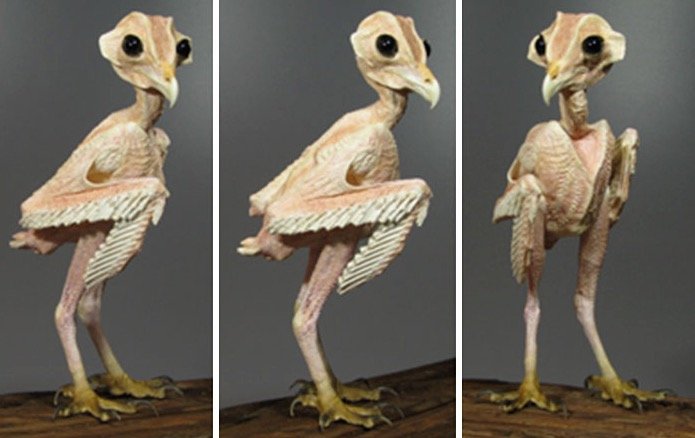
Naked Owls or Owl Without Feathers?
Owls are mysterious and beautiful birds that most of us recognize by their soft and fluffy feathers. However, sometimes in the world of owls, something extraordinary happens – featherless owls appear.
These unique birds challenge our understanding of these iconic creatures and offer valuable insights into their adaptations and unusual characteristics.
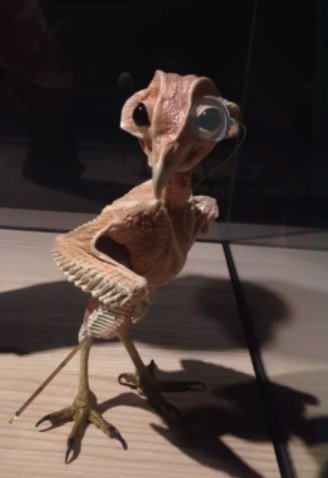
What Do Owls Look Like Without Feathers?
Owls without feathers have a quite unique and unusual appearance compared to their feathered counterparts. While featherless owls are exceptionally rare and not typically found in the wild, it’s helpful to understand what they might look like in the event that they do occur.
Here’s a general description of what owls might look like without feathers:
1. Bare Skin: The most noticeable feature of a featherless owl is its naked skin. Instead of feathers covering their bodies, you would see exposed skin, which can vary in color from pale pink to grayish. The skin may appear wrinkled and may have a slightly translucent quality.
2. Prominent Facial Features: Without feathers, the owl’s facial features become more pronounced. Their beak and eyes, typically partially concealed by feathers, would be more visible. The beak would appear sharp and hooked, while the eyes would retain their large, round shape and dark pupils.
3. Slimmer Body: The absence of feathers can make the owl’s body look slimmer than usual. Feathers add bulk to an owl’s appearance, and without them, the underlying body structure becomes more apparent.
4. Exposed Talons: Owls have powerful talons used for hunting and gripping prey. Without feathers, their talons would be exposed, appearing sharp and formidable.
5. Vulnerable Appearance: Featherless owls might look somewhat vulnerable and less majestic compared to their feathered counterparts. Feathers provide insulation, aid in silent flight, and offer protection from the elements, making them essential for an owl’s survival.
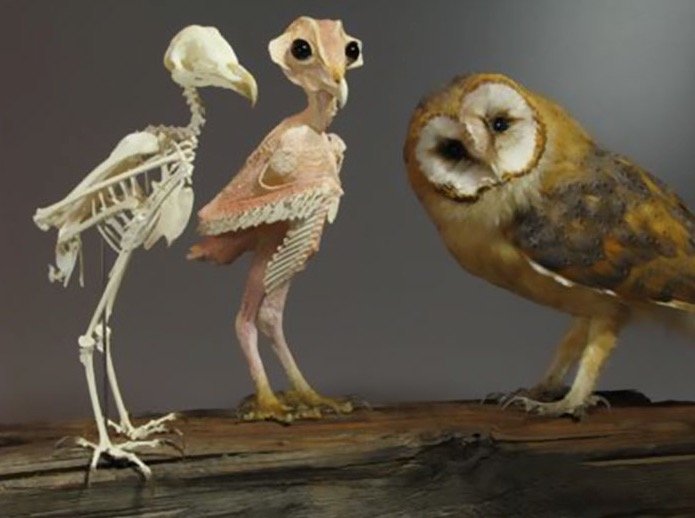
Does Featherless Owl Species Exist in the Wild?
While there have been rare instances of individual owls with partial feather loss or unusual feather conditions, a fully featherless owl species does not exist.
15 Cutest Owls In The World
Feathers are essential for owls, serving multiple critical functions, including insulation, silent flight, camouflage, and protection from the elements. A complete lack of feathers would severely impair an owl’s ability to survive in the wild.
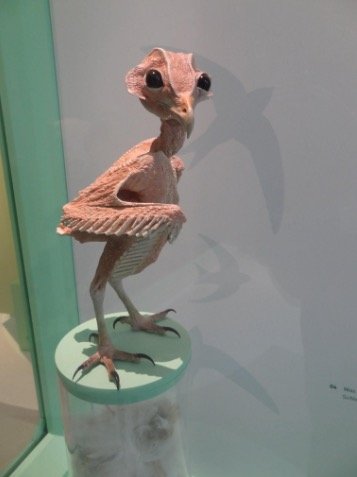
What Are Featherless Owls?
Featherless owls, also known as bald owls or naked owls, are a rare and natural occurrence within the owl species. These owls are different because they don’t have the typical soft feathers that cover their bodies and wings. Instead, you can see their bare skin, which gives them a distinctive and somewhat strange appearance.
Types of Featherless Owls
1. Barn Owls (Tyto alba): Featherless barn owls are the most commonly observed. They usually have patches of bare skin visible on their bodies, and this condition is often linked to genetic mutations or nutritional problems.
2. Great Horned Owls (Bubo virginianus): Featherless great horned owls are incredibly rare. They tend to be almost entirely featherless, with their skin taking on a pinkish color. The exact cause of this featherlessness is still being studied.
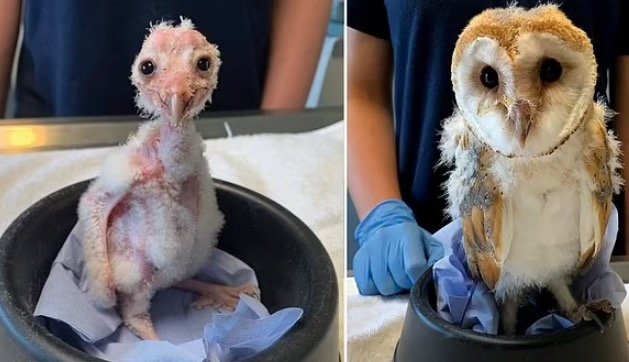
Possible Causes of Featherlessness
Scientists are still figuring out why some owls end up featherless. Here are some of the leading theories:
1. Genetic Mutations: Some featherless owls may have unusual genes that interfere with their feather development. These mutations might pop up spontaneously or be passed down from their parents.
2. Hormonal Imbalances: Problems with hormones during a young owl’s growth can affect feather growth, leading to featherlessness.
3. Nutritional Issues: A lack of necessary nutrients in their diet when they’re young might prevent feathers from growing correctly.
4. Environmental Stress: Pollution or habitat damage could impact feather development in owls.

How Featherless Owls Adapt?
While they might seem vulnerable, featherless owls have developed some tricks to help them cope with their unique condition:
1. Better Temperature Control: Featherless owls often have special skin adaptations that help them stay at the right temperature. They might have more blood vessels near the surface of their skin to help them cool down or warm up.
2. Altered Behavior: Some featherless owls change their behavior to stay safe. They might become more active at night to avoid daytime dangers or use different hunting techniques.
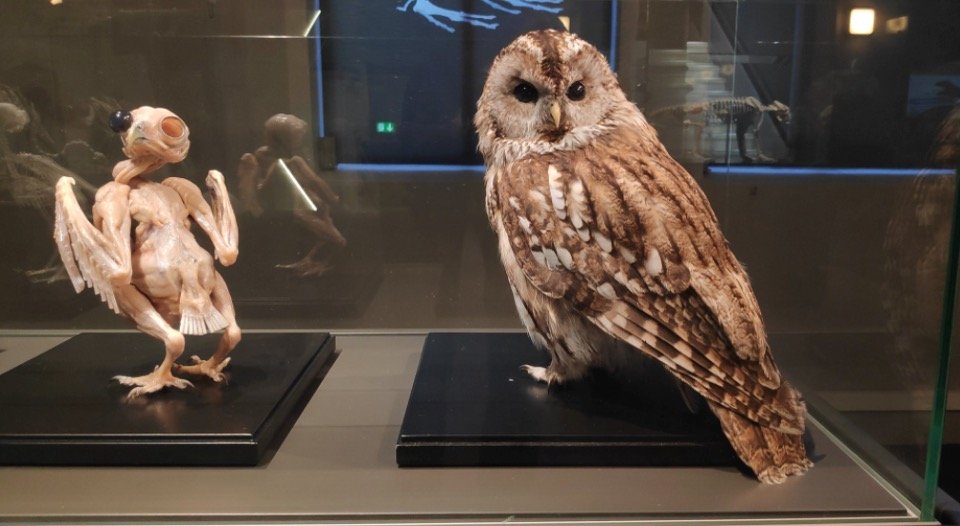
Conservation Concerns
Featherless owls are rare and unique, making them interesting subjects for scientists and conservationists. By studying them, we can learn more about owl biology and how to protect these incredible birds.
Conservation efforts might include keeping an eye on featherless owl populations, safeguarding their habitats, and addressing potential causes of their featherlessness.
Featherless owls might look strange, but they are a natural part of the owl family. While we’re still learning about why some owls end up featherless, they remind us of the incredible diversity and adaptability of the animal kingdom.








